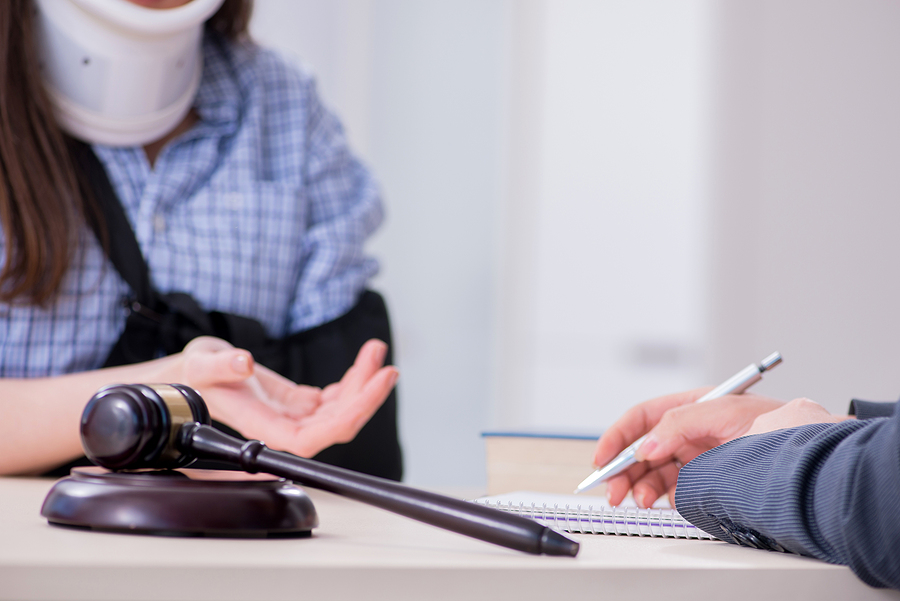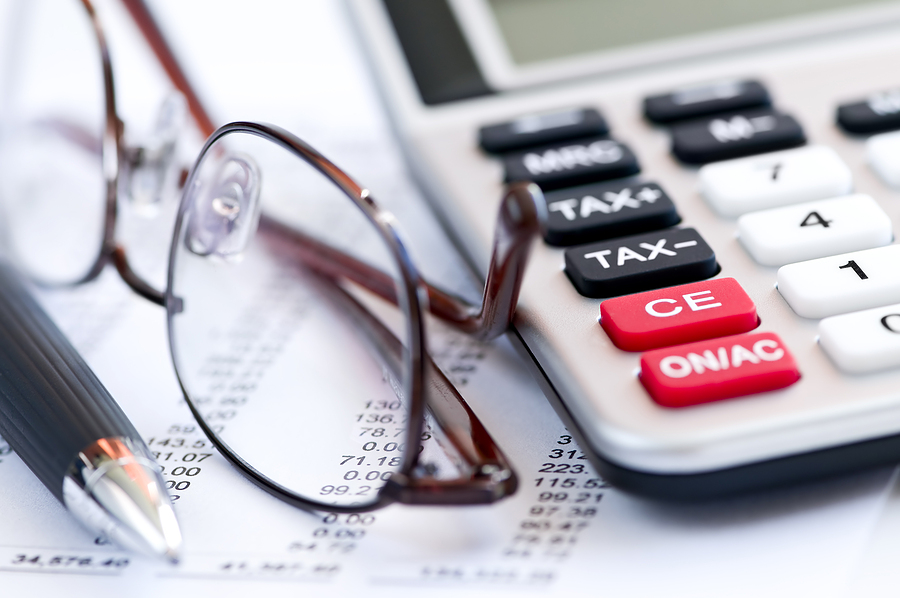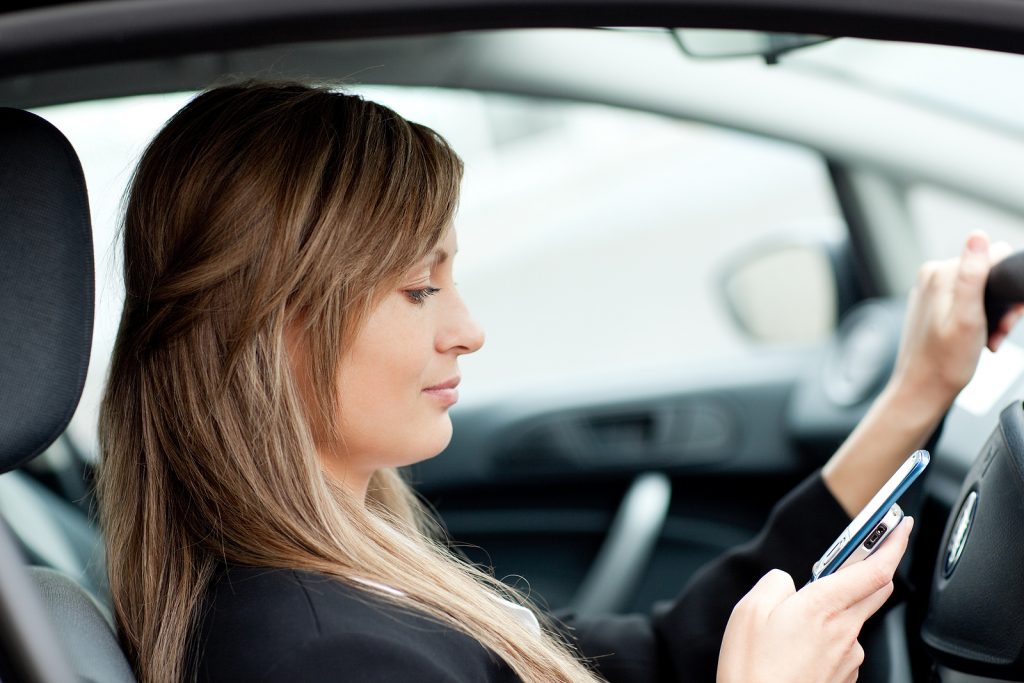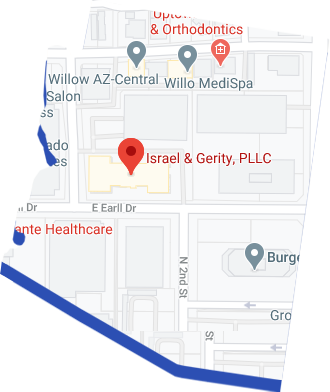The recent Tempe traffic accident between a self-driving Uber vehicle and pedestrian has received international media coverage and raised important safety questions about the advent of autonomous driving technologies. The bicyclist’s death has sparked many investigations by local, state and federal traffic authorities.
Investigators have not yet determined what factors caused the tragic accident. When they do, the reports may have different findings as to the causes of the accident, which will, in turn, present different legal issues of liability in future cases involving self-driving vehicles. What we do know is that all road users must be aware of the risks presented by self-driving vehicles.
What Happened in Self-Driving Accident?
Preliminary reports from many media outlets have agreed upon the basic events that occurred prior to the collision. The New York Times reports that a self-driving Uber vehicle was traveling north on Mill Avenue at approximately 40 miles per hour with a backup driver behind the wheel. At the same time, a woman was struck while walking her bicycle across the street; she was not in a designated crosswalk. The nighttime lighting further reduced visibility. The woman was thrown from the front of the vehicle and landed on the side of the road. She was pronounced dead that evening.
Certain problems were identified almost immediately after the accident. Footage from the self-driving vehicle showed the backup driver looking at his phone in the moments prior to the accident, clearly distracted and not paying attention to the road. Footage from the vehicle’s front-facing camera shows a dark, poorly lit road ahead, and the victim is not visible until almost the instant she is struck. It is unclear at what point the vehicle’s onboard sensors became aware of the bicyclist’s presence, and at what point they should have been aware. Of course, these assessments of human driver responses do not answer the larger, more urgent question. Are self-driving vehicles safe?
This question cannot be answered without the findings of investigations by the National Transportation Safety Board, Tempe Police Department, and Uber itself (all of which are currently conducting their own investigations of the collision). Even if all these investigations reach the same conclusion, the ultimately safety of self-driving vehicles cannot be determined by the outcome of a single accident. Like traditional vehicles, self-driving cars will likely have to undergo a series of changes to be effective at reducing the number of traffic collisions. Until then, the utility of riding in a vehicle continues to outweigh the risk of being involved in an accident for the vast majority of Americans. This cost-benefit analysis should be applied to self-driving vehicles as well as traditional vehicles.
Until important questions of roadway safety can be resolved, it is important for injury victims to be represented by attorneys who are familiar with issues of driver and auto manufacturer liability. A Phoenix car accident attorney can help injury victims identify all legal causes of a car accident in order to hold all liable parties accountable for their negligence. This is an important deterrent to both unsafe driving behaviors and the manufacturing of unsafe vehicles.





 (833) 274-4400
(833) 274-4400



